Apart from parents, teachers are probably the most important influence on a child’s growth. Liu Naihua, an assistant professor from the University of Macau’s Faculty of Education, has 30 years of experience in childhood education and research. She believes that what early childhood teachers need the most are an eye for beauty and a kind heart. She says, ‘As teachers, we must always remember our mission—we must respect every life, love every child, and sow the seed of love in the hearts of the children.’
Treating Students as Her Own Children
Over the years, Prof Liu has encountered her fair share of career challenges and setbacks, but the thought of leaving the profession has never crossed her mind. Why? She says, ‘two reasons—interest and a sense of mission. I love to hear children talk and see their innocent smiles. I’m touched by their goodness and thoughtfulness. In this complicated world, you can only experience this kind of pure innocence when you are with children.’
Some UM students praise Prof Liu for always smiling and radiating a positive energy, to which she replies, ‘Love, respect, and caring are what every life needs the most. I want to give all three to my students. So I cherish every moment with them, and I try my best to listen and understand their thoughts.’
Appreciating Every Child’s Uniqueness
As an early childhood education teacher, Prof Liu cherishes the trust of her students, and she feels a great sense of satisfaction when students share their innermost thoughts with her. ‘I often tell them, forgive those who have hurt you, because that’s the greatest release. Be grateful to those who have helped you, because then you will be blessed. What early childhood education teachers need the most are an eye for beauty and a kind heart. We must appreciate every child’s uniqueness, and patiently wait for them to grow,’ she says.
Prof Liu often reminds her students not to follow the crowd after entering the job market; rather, they should always remember an educator’s mission, which is respecting every life, loving every child, and sowing the seed of love in the hearts of the children. She believes that teaching is more than just a job; the teacher is an engineer of the human soul and may have a lifelong influence on children.
Commenting on the changes in early childhood education over the years, she says, ‘In the past, early childhood education focused on knowledge acquisition and skill training, while today, the tendency is for teachers to guide students to discover on their own, to practice with their hands, and to develop critical thinking skills, problem-solving skills, and adaptability to new environment. Therefore, research in early childhood education must also reflect this change.’
Studying the Learning Corner Approach
In Prof Liu’s opinion, most kindergartens today rely excessively on textbooks. As a consequence, teachers tend to be constrained by textbooks and their curriculum design skills are impaired. To change this situation, five years ago, she started working with a kindergarten in Macao to open a research centre, where they intentionally depart from traditional teaching methods by reducing the number of textbooks and phasing out written exams. This approach is known as the ‘Learning Corner Approach’. Specifically, they devote each learning corner to a different educational function and adopt a multidisciplinary integration approach to cater to children’s interests and satisfy their propensity to touch objects around them with their hands, guiding them to discover and learn through games.
In this Learning Corner Approach, teachers use different kinds of music in place of instructions to signal a change of activities and the desired behaviour expected from the children. Each learning corner serves a different educational function. There are art and craft corner, science corner, Chinese corner, intellectual development corner, toy block corner, and so on. Children can freely choose from the physical teaching aids carefully designed by the teachers, and teachers can assess the children’s learning ability with a multifaceted approach. To ensure a more objective assessment, Prof Liu developed an evaluation system in collaboration with the industry. The system uses a high-tech device to record the children’s learning process in order to help teachers and parents better understand children’s learning abilities and interests. According to Prof Liu, the Learning Corner Approach helps students become self-driven learners. She has noticed a great improvement in the reasoning skills, problem-solving skills, judgment, and observational skills in the children who have benefited from this approach.
The Teacher and the Taught Together Create the Learning
Prof Liu says it is not easy to promote the Learning Corner Approach, which originated from Taiwan, because of the need to adjust the teaching strategies to suit local circumstances. Meticulous planning is required in the process, from the division of the classroom to the design of the teaching aid cabinet. While she had the support of the school principal and the head of the kindergarten, some kindergarten teachers were dubious and reluctant to try this new approach. She says, ‘When I tried to promote this Learning Corner Approach, many teachers had no idea what it was, much less how to implement it. So I adjusted the environmental planning course for third-year undergraduates, and spent one semester teaching my students how to implement this approach, and then I divided them into groups and assigned the different groups to the different grades in the kindergarten to demonstrate to teachers there how to use this approach.’
In the first year of implementing the Learning Corner Approach, Prof Liu worked with her students and kindergarten teachers to adjust the teaching environment and content. She recalls, ‘In the second year, I took some of my students who had learned the approach to the kindergarten to demonstrate how to use teaching aids in a way that suits the environment and the subject of learning, to help teachers there become more familiar with this approach. And now, my students would do internships in the kindergarten to learn the approach from teachers there. This way, a virtuous cycle is created. ’
Fong Ka Pou, a Class of 2017 graduate with a degree in pre-school education, now works as a teacher in St Mary Magdalene School (Escola de Santa Madalena). She says, ‘The Learning Corner Approach advocated by Prof Liu can help children learn with teaching aids, thereby stimulating their imagination and creativity. It also caters to the children’s innate tendency to use their hands to interact with the world. In the process, children get to exercise the muscles in their hands and experience the joy of learning at the same time.’
Fong Ka Pou notes that the skills she has learned from Prof Liu, including skills in developing teaching aids, guiding the learning process with questions, and designing and decorating the learning corners, can all be applied to her current job.
Students More Motivated to Think and Learn
Leong Teng Kong, a Class of 2009 graduate of the master’s degree programme in education (curriculum and instruction), now works as a teacher in Pui Ching Middle School. He is convinced that Prof Liu’s Learning Corner Approach perfectly suits the children’s developmental needs. He says, ‘Today’s children are spoiled by everyone in the family. And the sad result is that many of them don’t know how to take care of themselves in daily life. Prof Liu’s Learning Corner Approach can make children feel more motivated to think and learn.’
The kindergarten that has adopted the Learning Corner Approach has experimented with different modes of teaching, including the traditional teaching method, the unit teaching method, and the thematic teaching method. Introduced five years ago, the Learning Corner Approach has won favour with kindergarten teachers and parents alike. Lau Iok Leng, the head of the kindergarten, is a fan of this approach, saying, ‘Since we implemented the approach, we have noticed a great improvement in the children’s self-discipline and concentration, so much so that some parents have asked us with curiosity, what did you do to make my kid grow so fast?’
Prof Liu is very confident about the Learning Corner Approach. She says, ‘This approach taps into the children’s learning ability. I am working to improve this approach to make curriculum, teaching, and assessment more closely linked, so I can help children improve their various skills. I hope to promote this teaching approach to all kindergartens in Macao.’
Source: umagazine
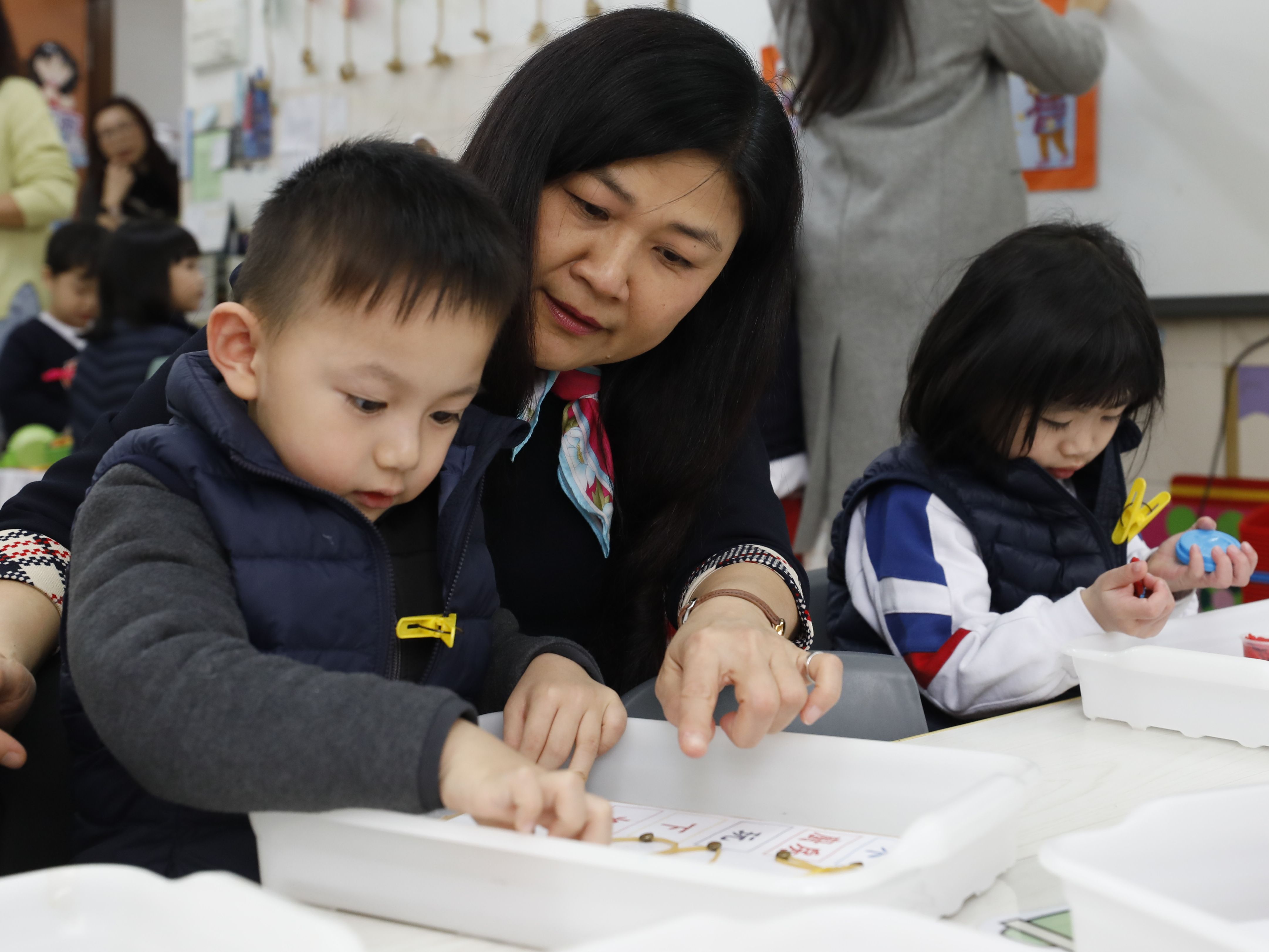
Prof Liu Naihua is a teacher who radiates positive energy
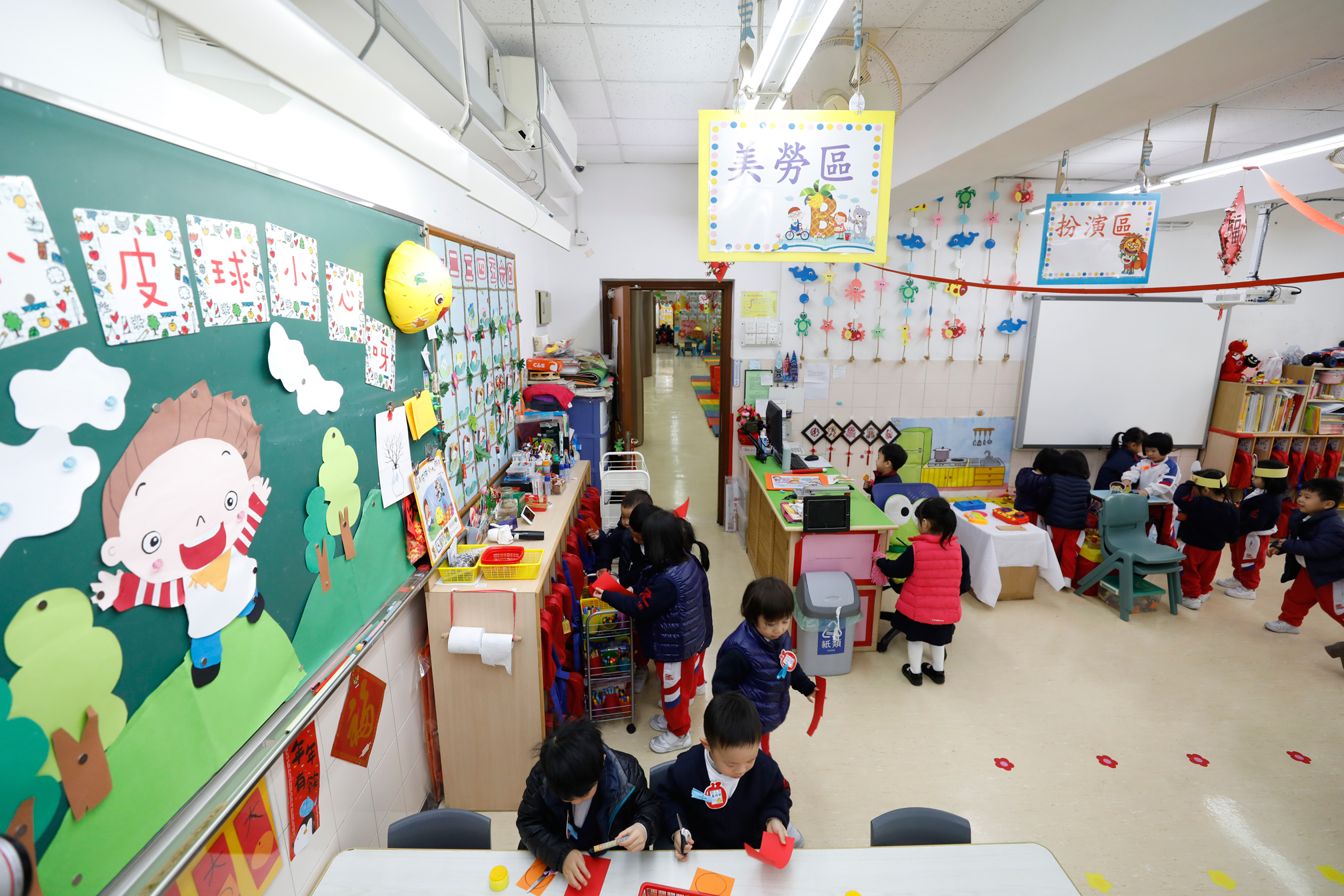
Classrooms that adopt the Learning Corner Approach are divided into different sections to serve different educational purposes
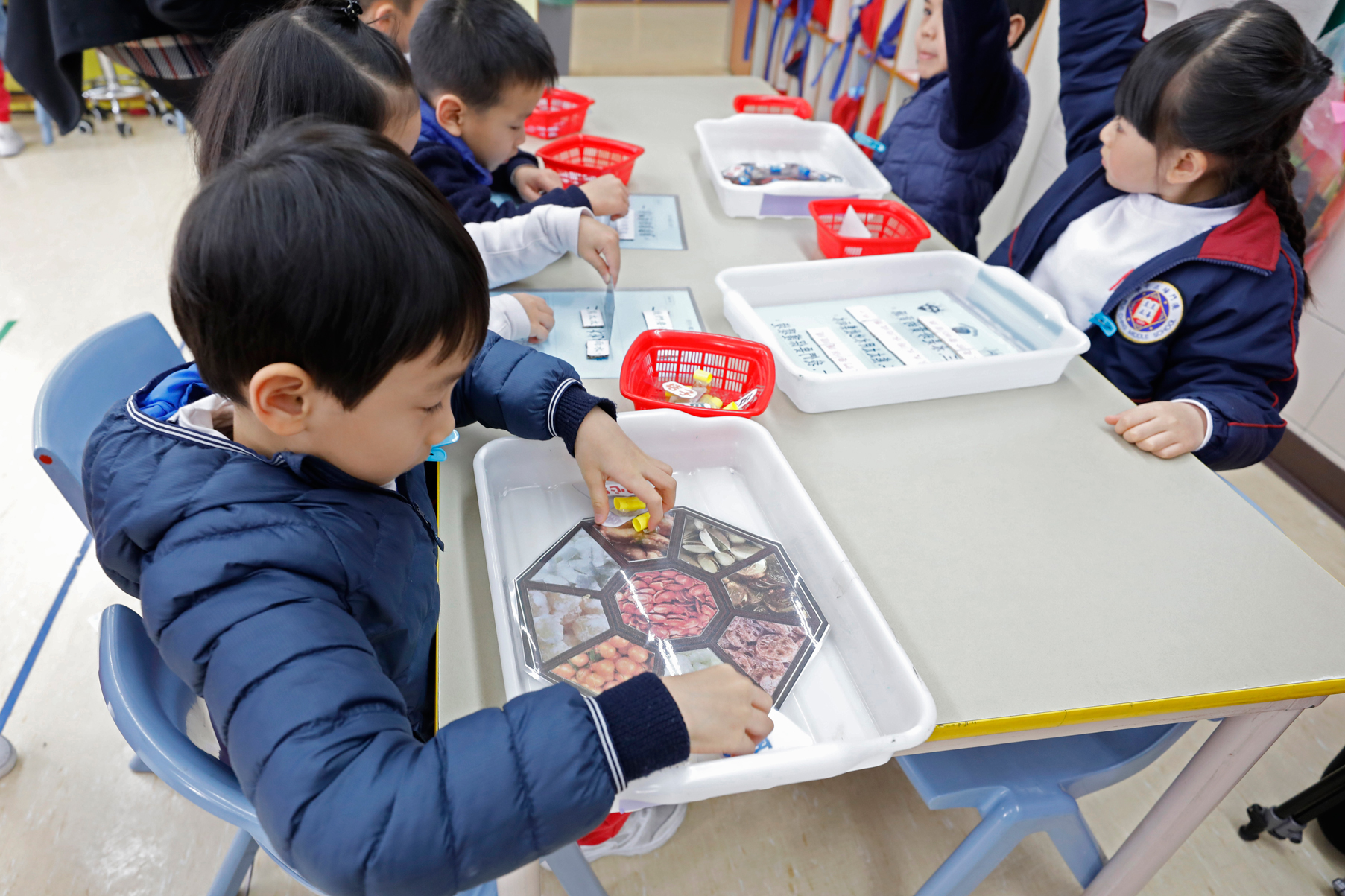
The teaching aids in the learning corners are all carefully designed by the teachers
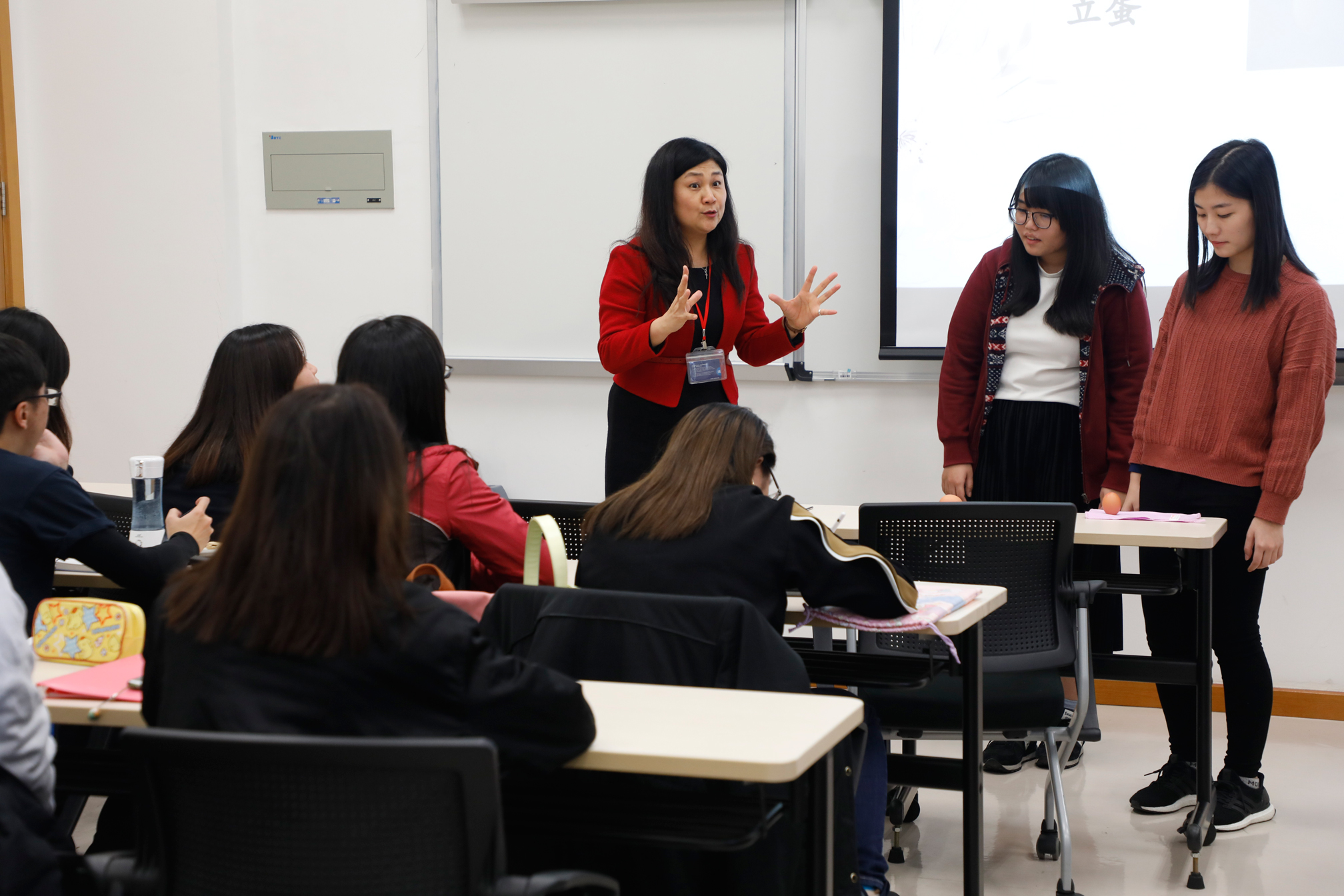
Prof Liu Naihua often reminds students to remember the mission of an educator
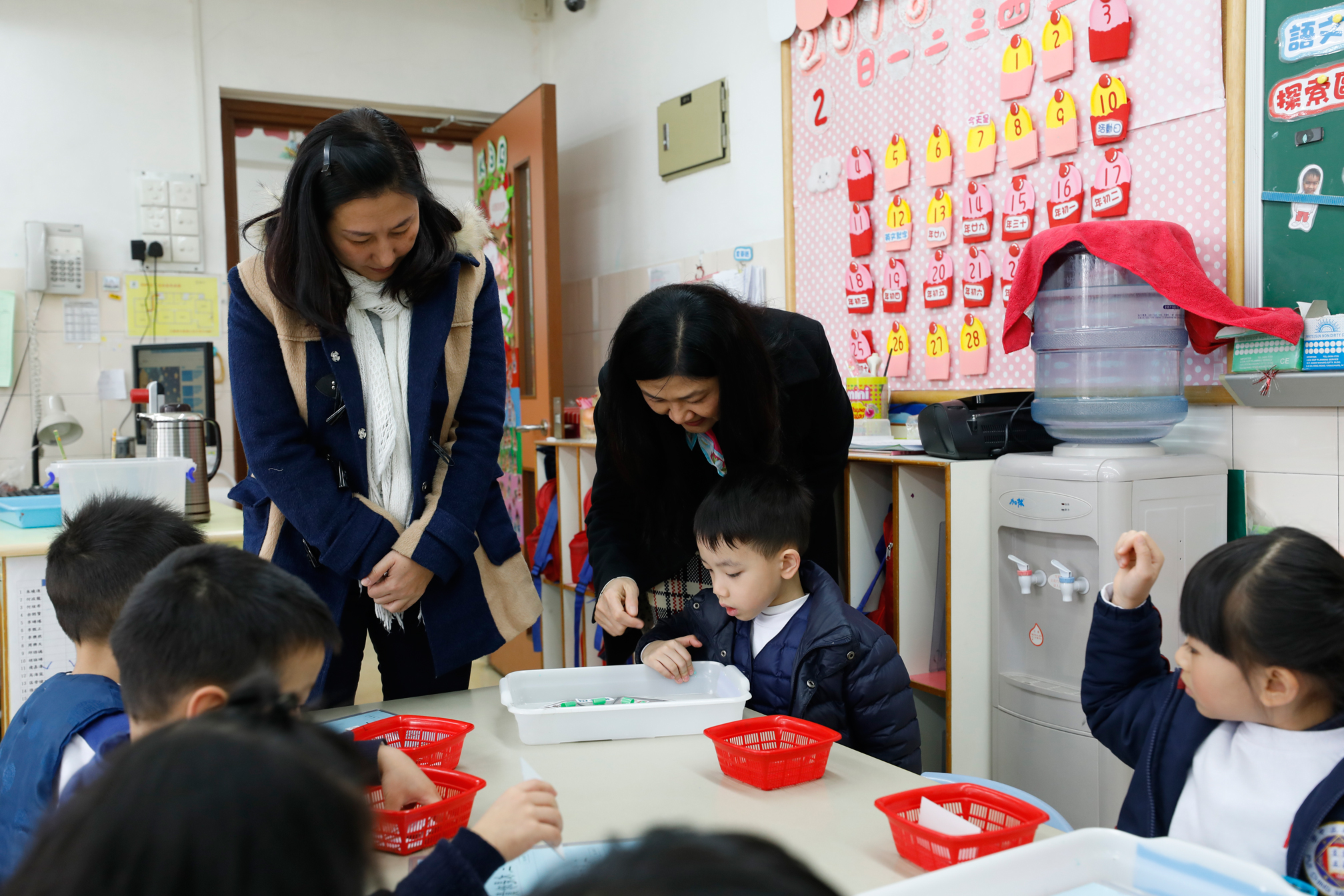
Prof Liu Naihua often visits the kindergarten to observe how children learn
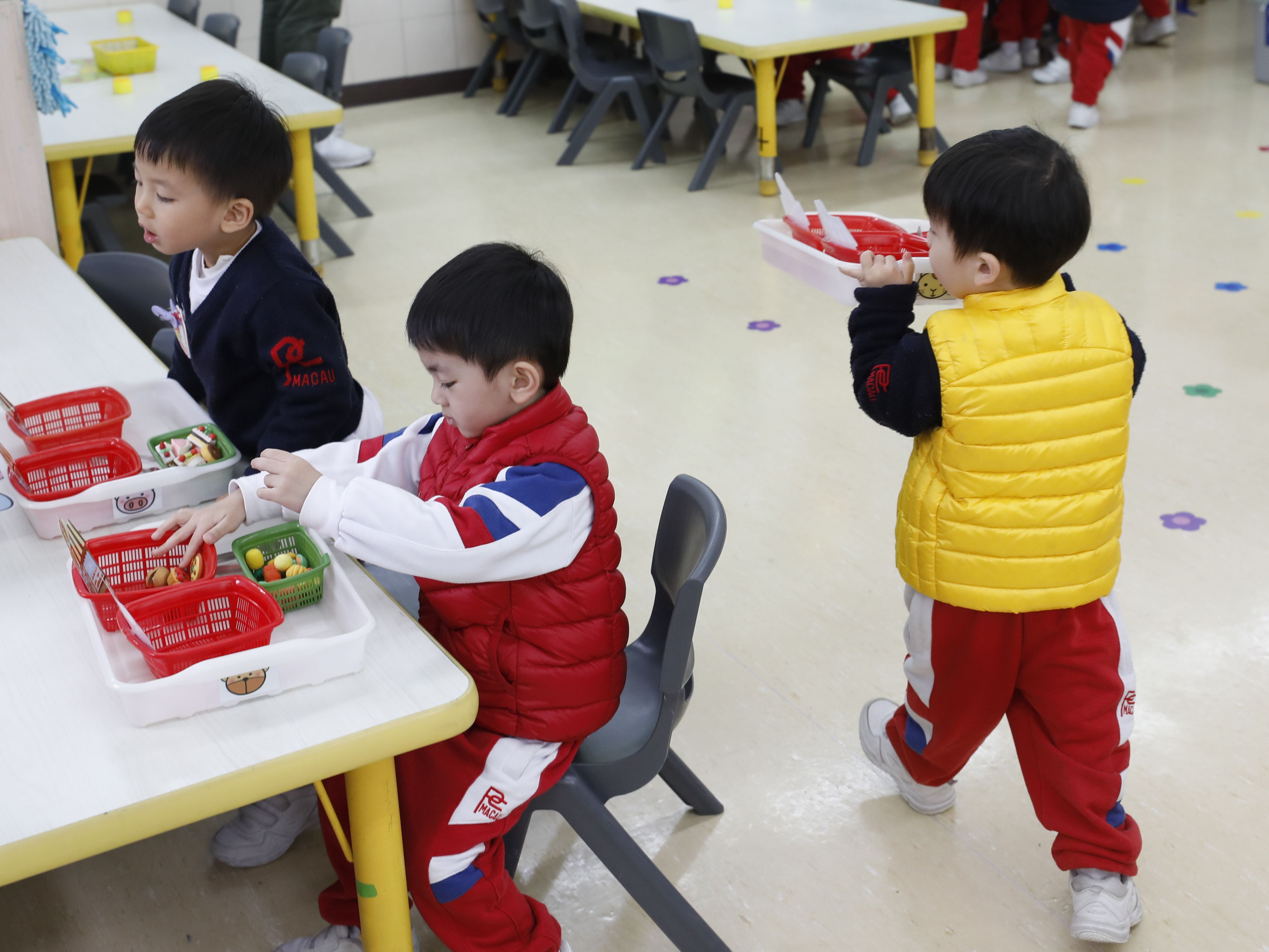
Children freely choose the teaching aids they like
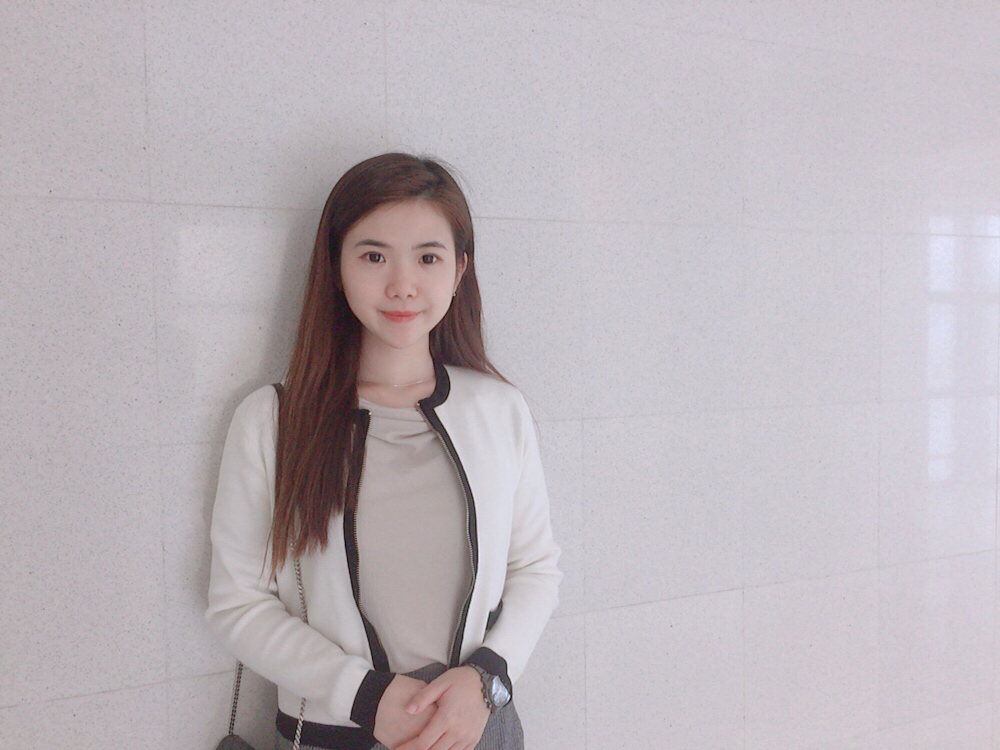
UM alumna Fong Ka Pou
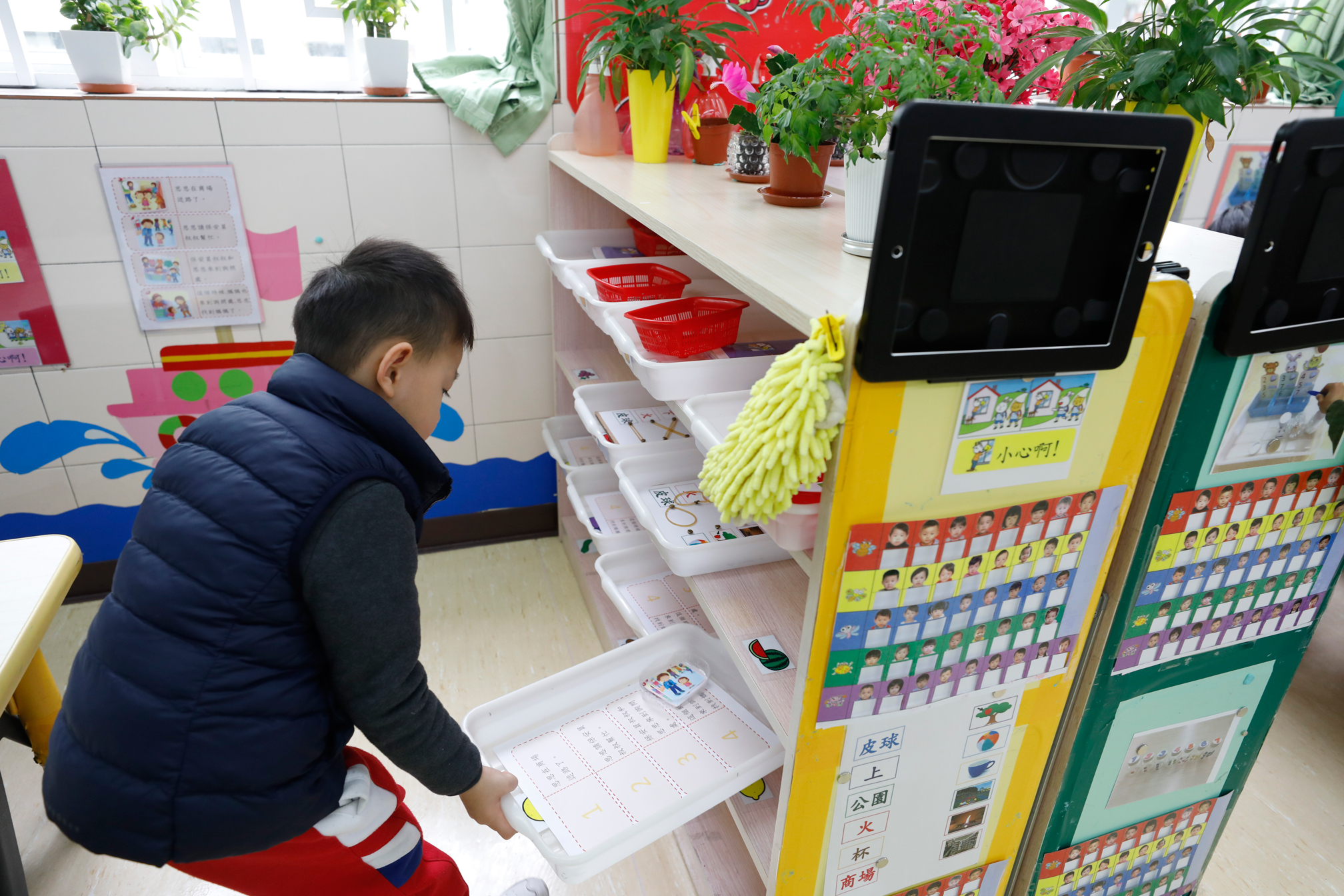
Children put the teaching aids back at the end of the class
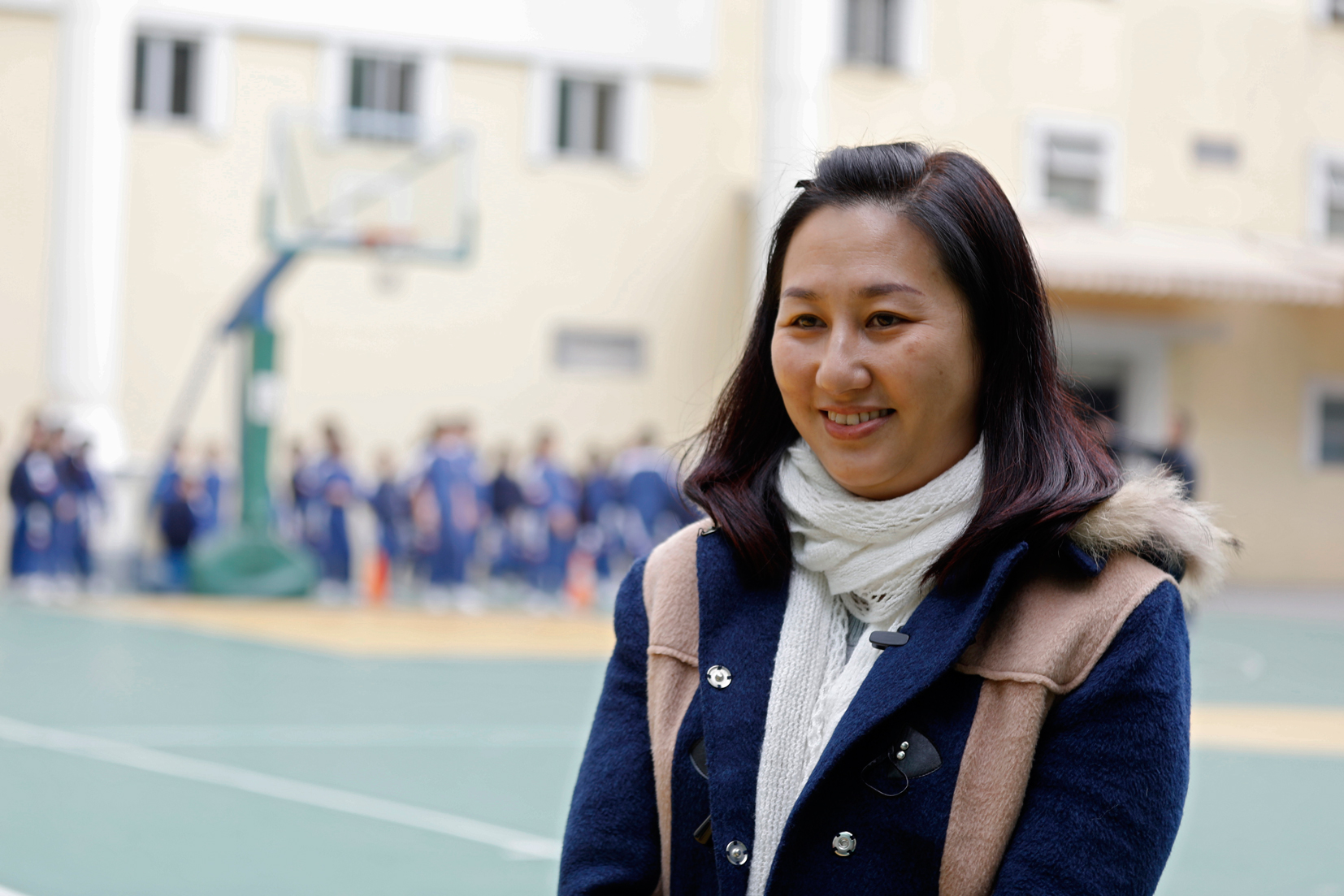
Lau Iok Leng
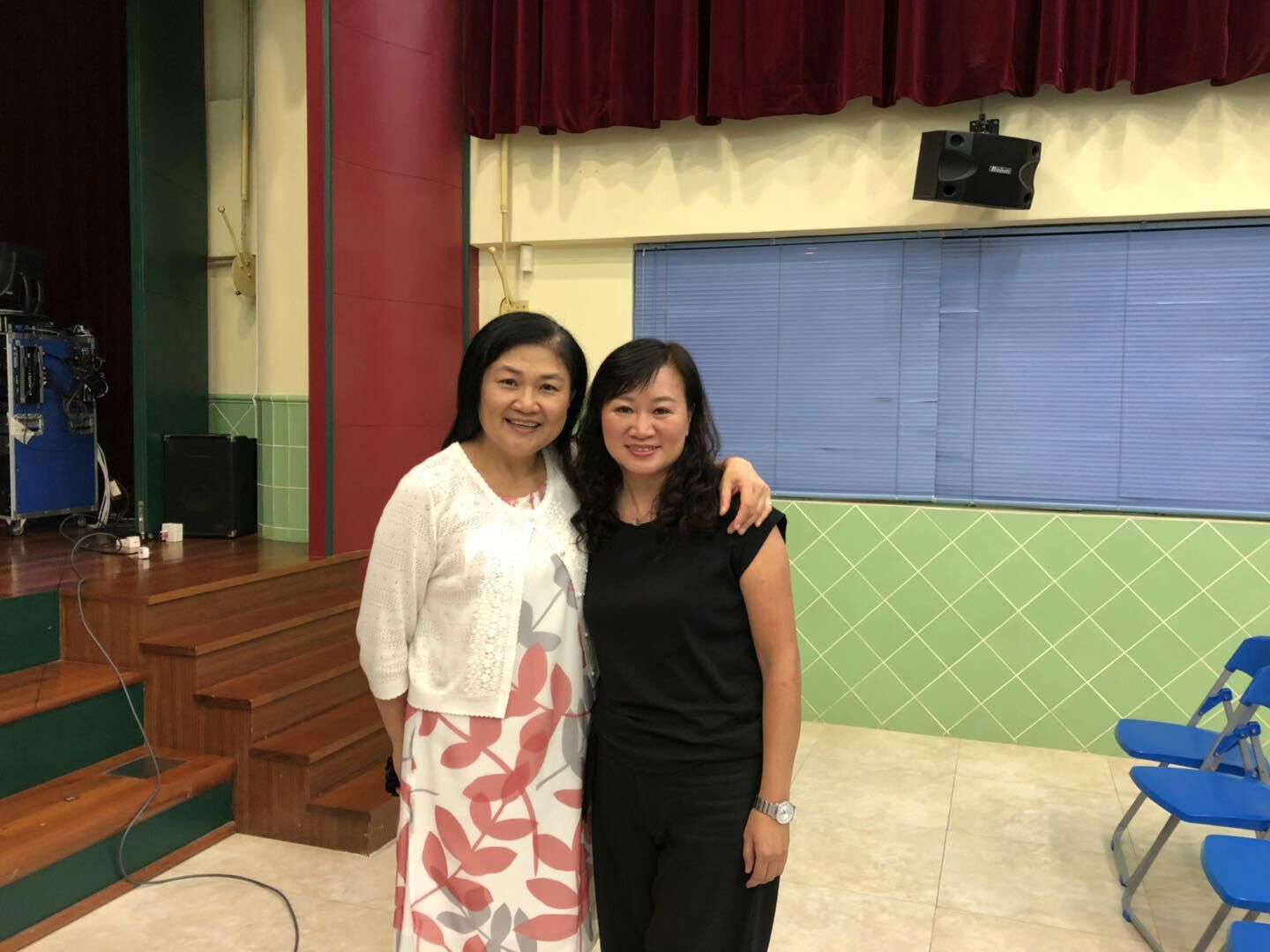
head of a local kindergarten
